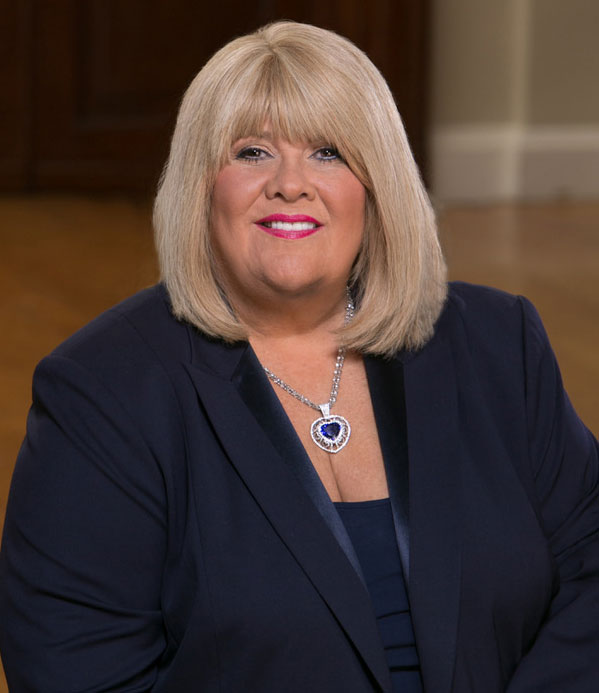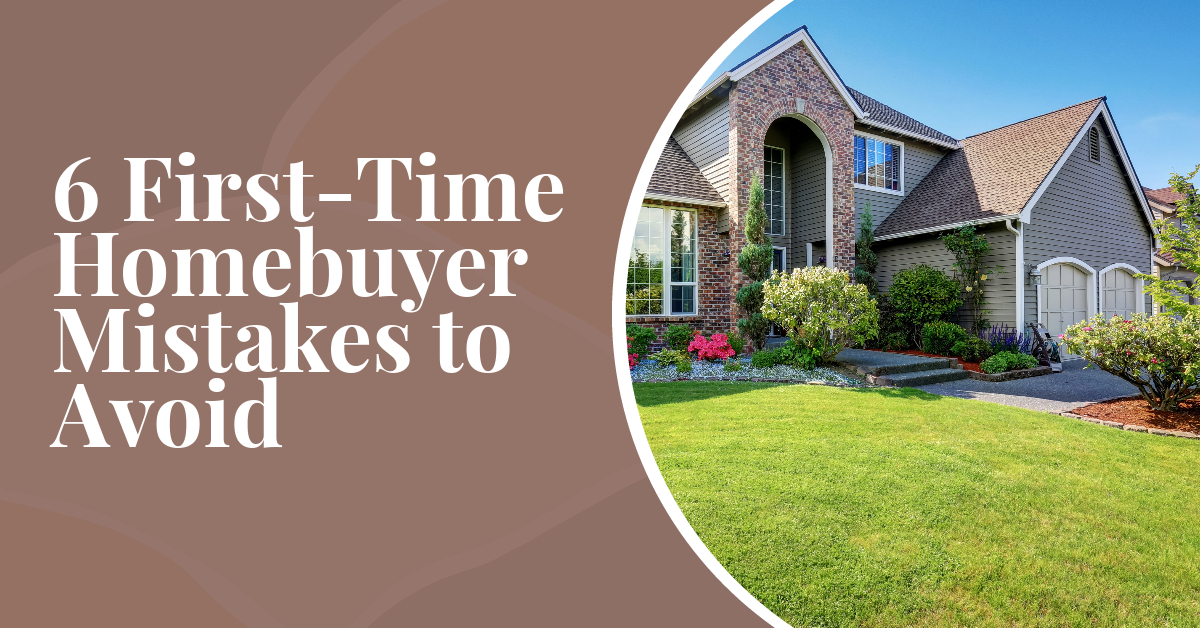Buying a home can be daunting—especially for first-time homebuyers—but a little knowledge and preparation can set you up for success. Get a head start by learning these common mistakes to avoid.
Mistake No. 1: Spending more than you can afford
Before you start shopping for a house, take a good look at your budget. Find out how much you can afford to pay each month, so you look in a price range that fits your finances—and won’t lead to frustration.
Attending an open house and falling in love with a place you can’t afford is a bumpy start to your homebuying journey. Not prioritizing your wish-list wants (stainless steel appliances) over needs (enough bedrooms) or insisting on searching only in one neighborhood can also lead to overspending. Stay focused and flexible.
Generally, your monthly mortgage payments shouldn’t be much more than 28 percent of your monthly gross income. If you have a lot of other debt, that percentage should be even lower. Make estimates based on your current income, not what you anticipate making a few years down the line. Use the Bank of America Affordability Calculator to understand how a home fits into your finances.
Mistake No. 2: Not preparing for the mortgage process
To help determine whether you qualify for a mortgage and what the rate will be, your lender evaluates your credit report and your debt-to-income ratio, which is the relationship between how much money you owe and how much money you have coming in.
As a first-time homebuyer, you may need to take some extra time to gather the documentation you’ll need: You need to show your lender your tax returns, pay stubs and financial account statements, so make sure you have those documents prepared. Check your credit report to make sure there’s nothing unexpected in your financial profile.
To ease the qualification process and help you get the best terms on a loan, work to improve your credit score and debt-to-income ratio before you try to borrow.
Mistake No. 3: Confusing prequalification and preapproval
When lenders prequalify or preapprove you for a mortgage they provide an estimate of what they may lend you. Prequalification can help give you an idea of what your price range should be. It’s important to note that being prequalified doesn’t guarantee you’ll get a loan, but it can help the process.
A preapproval is a conditional loan approval where your credit and ability to repay are evaluated by an underwriter, based on required credit and income documentation. The preapproval is generally conditioned on your financial situation not changing from the information you initially provided and you choosing a property that meets lender guidelines. Make sure your preapproval has been issued by a mortgage underwriter who has assessed your ability to pay back your loan.
Mistake No. 4: Skipping the home inspection
The home inspection is an added expense that not every first-time homebuyer might know about and one that some might feel safe forgoing. After all, you’ve seen the property and nothing appears to be wrong. But professional inspectors often notice things most of us don’t, so this step is especially important if you’re buying an existing home (as opposed to a new construction, which might come with a builder’s warranty). If the home needs big repairs you can’t see, an inspection helps you negotiate with the current homeowner to have the issues fixed or adjust the price accordingly.
Mistake No. 5: Not budgeting for closing costs
Buying a house involves closing costs beyond the down payment, and they can be significant. These costs—including attorney fees (if applicable) and title insurance—are due when you sign final mortgage loan documents. Typically, closing costs total 3 to 5 percent of your home’s purchase price, so add this cost to your budget.
Mistake No. 6: Overlooking the extra costs of homeownership
It can be a big surprise to first-time homebuyers: Once the keys are yours, you will have additional expenses on top of your monthly mortgage payment such as property taxes, homeowners insurance and regular maintenance. Depending on where you live, you may also have to pay fees to a homeowners’ association or a co-op board.
If you establish an escrow account with your lender, your monthly payments will include property taxes and insurance on top of your mortgage’s principal and interest. You may even find that your property taxes increase slightly after your closing based on your home’s price, which can make your monthly payment just a bit larger.
When determining how much you can afford to pay each month for a home, build these expenses into your budget.
Source: Better Money Habits


